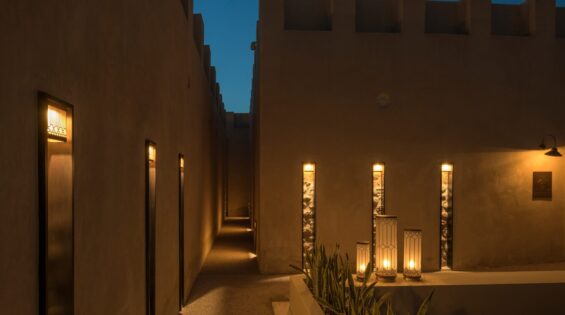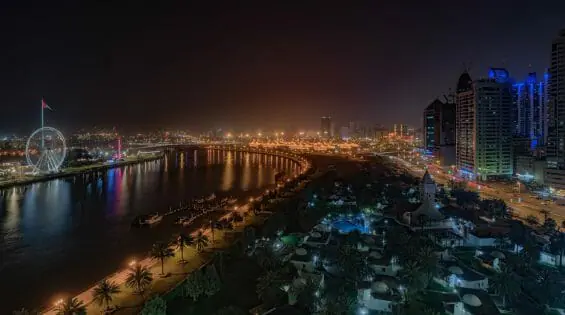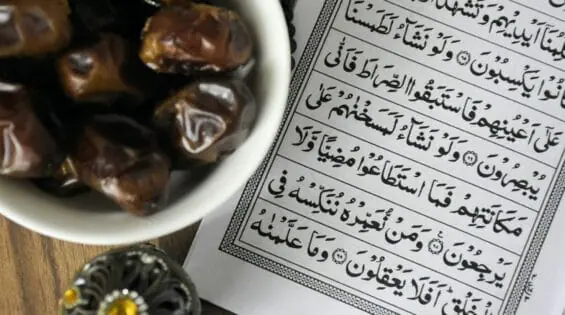Manna from Heaven Outside Sharjah
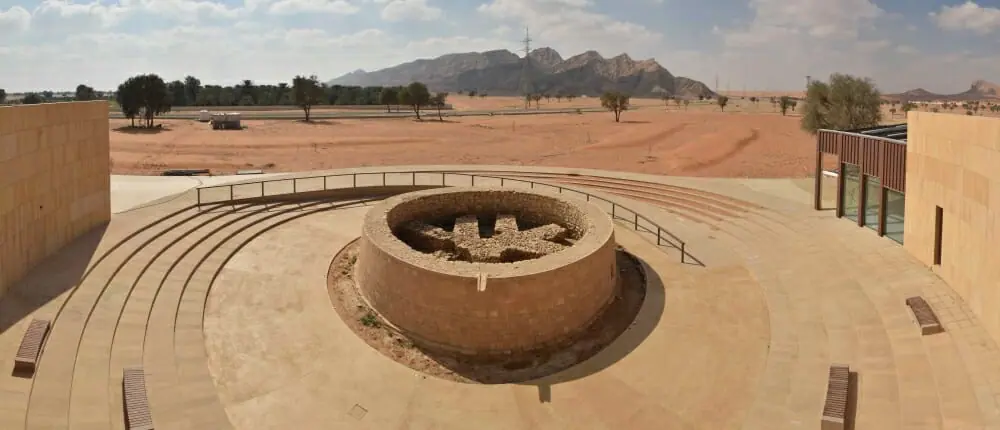
It’s late afternoon in the Sharjah desert and the temperature is kinder than it can be. Nevertheless, this brisk uphill stroll has not been without a modicum of physical toil. Sweat blurs my vision as we slalom past the last couple of jagged rocks and survey a series of small hollows in the arid escarpment.
“These caves are like a homecoming to anthropologists like myself,” says Ajmal Hasan, the education manager at Mleiha Archaeological Centre, with a look of almost fatherly pride as he beckons me towards the entrance to one of the grottos. We’ve trekked up here to this dramatic, desolate spot from the center, one of Sharjah’s key visitor attractions and the gateway to a UNESCO World Heritage Site centered around the small village of Mleiha that is one of the most important archaeological areas in the UAE.
On initial inspection, I’m struggling to see why he has so much affection for the tiny indentures, known collectively as the Al-Faya Caves. To the untrained eye (i.e. mine), the rewards seem to be barely worth the schlep. Fortunately, Ajmal is just the man to deliver an on-the-spot primer on their huge anthropological significance.
“Based on stone tools found in the caves, the age of this site has been estimated to be around 125,000 years old. That makes it one of the oldest sites outside Africa where human artifacts have been found,” he explains.
“It portrays the fact that humans set foot on this area thousands of years ago before the spread to different parts of the world. That’s manna from heaven for archaeologists and anthropologists studying human migration.”
It’s an amazing revelation to me: a lesson that is almost intimidating in its scope. Then again, I’m not surprised to find history staring me in the face in such an epic fashion here in Sharjah. A sense of learnedness permeates the atmosphere in the emirate. Cultural traditions play a vital role in society here and respect for heritage is an integral part of the fabric of life in the emirate.
While next-door neighbor Dubai has embraced bling to bring in visitors, Sharjah has taken a more considered approach – one that puts proud traditions, fascinating history, and scholarly diligence front and center — to expressing its credentials to the wider public. And this stratagem is showcased to enthralling effect at Mleiha, where the Faya Caves are just one of several sites where clues to the mysteries of human civilization have been uncovered by archaeological teams.
Opened to the public in 2016, the multi-award-winning center has been a huge hit, not only with archaeology buffs but with keen and casual students of human history alike, thanks to its customer service focus and the presence of passionate experts such as Ajmal.
“Geographically speaking, the eastern half of the Arabian Peninsula has always been a natural gateway to Asia for both animals as well as hominids (humans included) migrating in different waves during different time periods,” he tells me. “The focus at Mleiha is to showcase the rich life of the people who made this place their home since time immemorial.”
With that in mind, I listen, rapt, as he unravels the area’s umbilical cords to the ancient world.
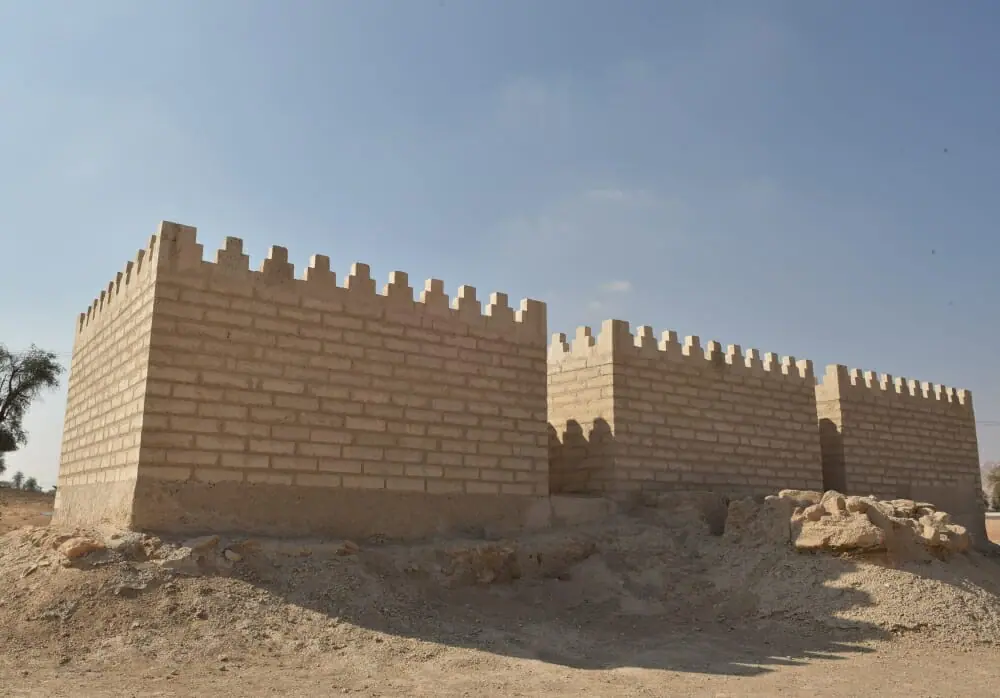
Burial Chambers – This ancient human cemetery where more than 125 human graves were found dating back to the late Pre-Islamic Age, has tremendous aristocratic significance. Most graves were interred into the ground, but six graves were symbolically placed in special underground chambers. These underground chambers were specially decorated and probably housed remains of the rulers of Mleiha or people of extremely high political stature.
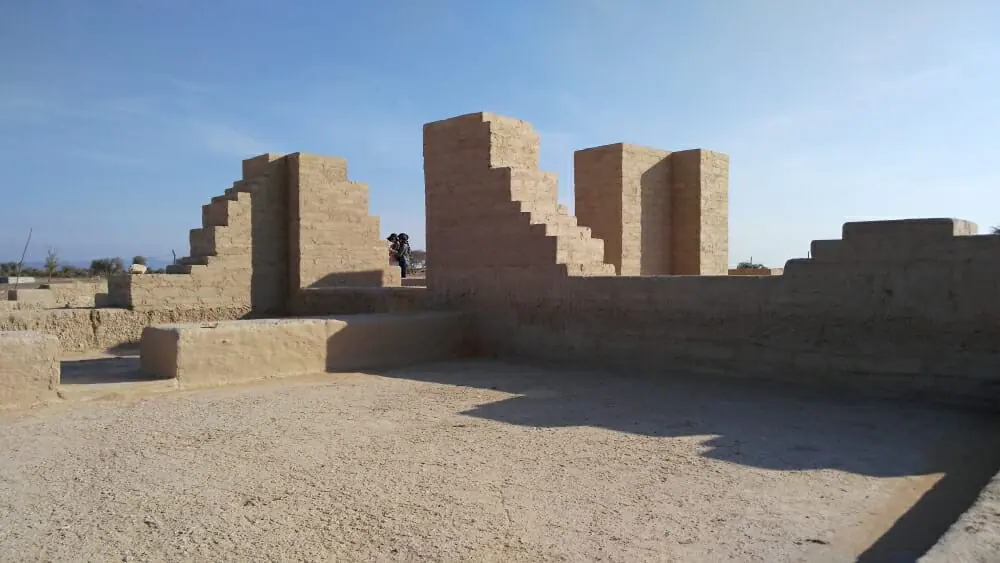
The Palace – This large, well-fortified building complex encompassed eight watchtowers, a large inner courtyard and multiple rooms indoors including a huge diwan (court area). This building is speculated to be the royal living quarters based on its design and the expensive artifacts found within including gold, silver jewelry items and imported jars.
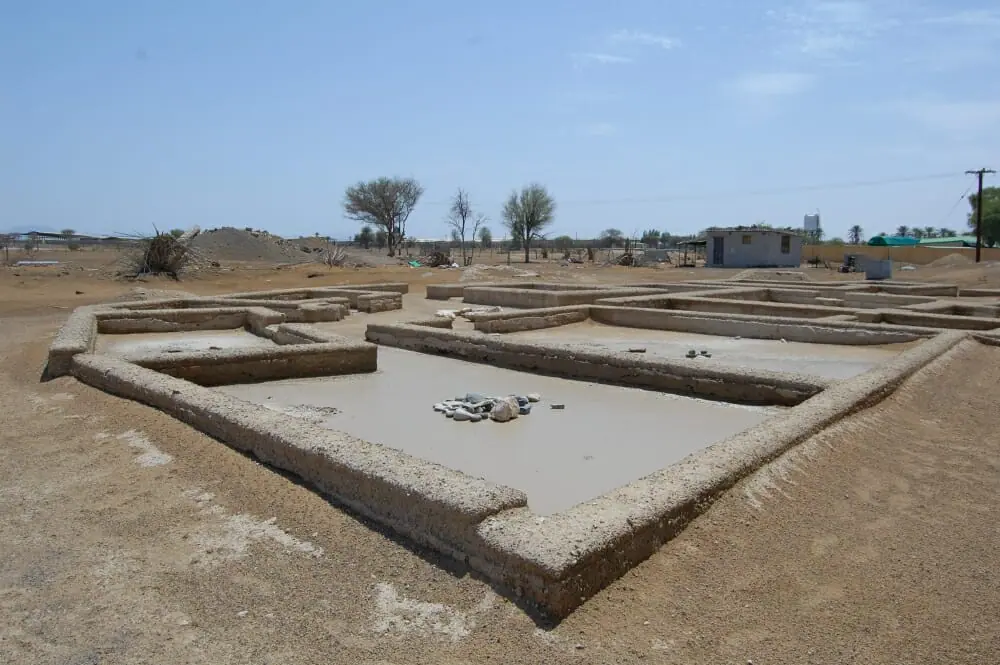
Farmhouse Complex – A collection of excavated houses all in close proximity to each other suggesting a strong, local community. These were most likely the common people of Mleiha, separated from the Palace and the Fort by a few hundred meters. The design of the buildings suggested they kept their animals — primarily goats, camels, and donkeys — near the houses.
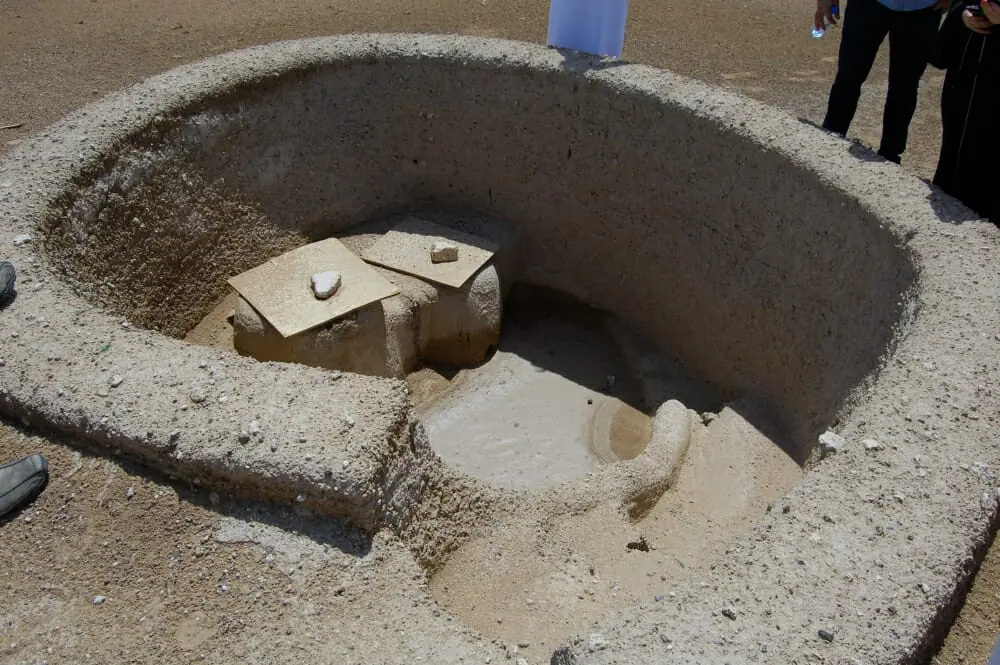
Farmhouse with Kitchen – Similar in structure to the Farmhouse Complex, this is another collection of excavated houses all in close proximity to each other. The rooms had many mini ovens/furnaces/grinding stones for making bread and grinding pulses and cereals. In close proximity, around 20 meters away, was a large underground bakery/kitchen with steps leading down into an open chamber containing two large underground ovens/furnaces. It is believed that this was the master bakery of Mleiha where the people living in the rooms nearby would bake their bread. It was built underground at a distance to keep the smoke away from nearby occupants.
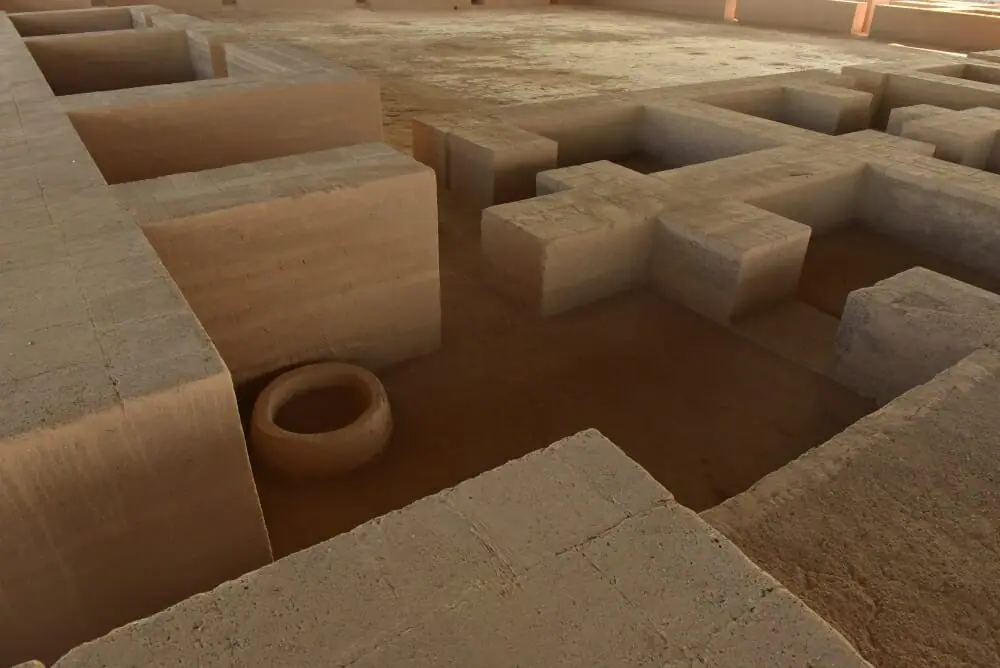
The Fort – The first archaeological site found in Mleiha dating back to the Pre-Islamic period, this large building was a fortified complex built to protect the community. Dating back approximately 2000 years ago, the Fort was also found to contain a large number of ancient coins that were minted within the complex. It is therefore believed that it probably also served as the money-making/distributing site.
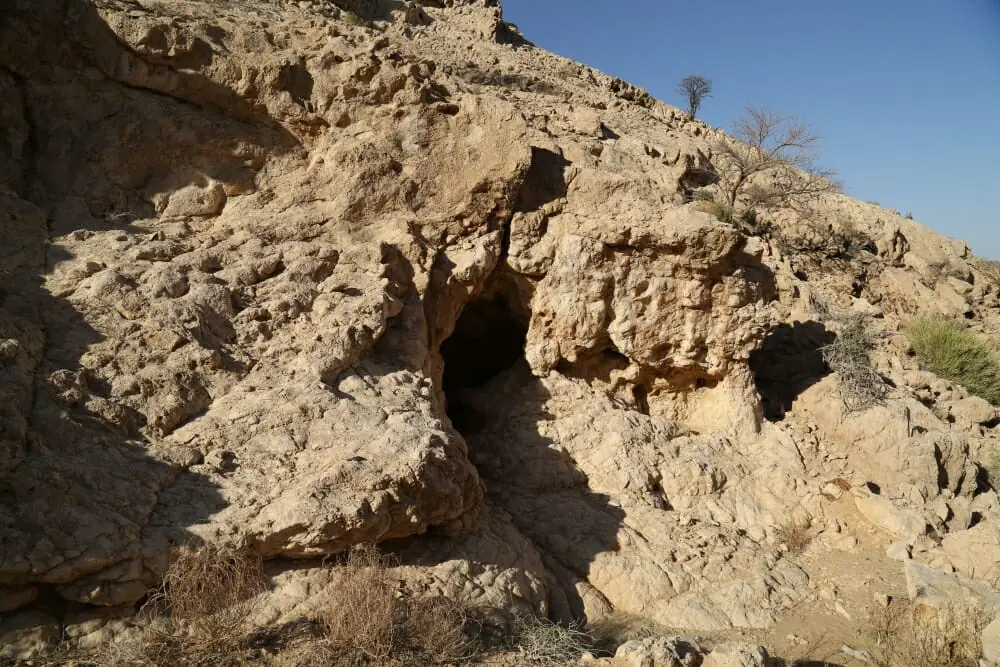
Valley of the Caves – A Neolithic site where human graves dating back 9000 to 6000 years BCE have been found along with many stone tools dating back to this period. This site also has four caves that have unearthed rich information in the form of stone tools and animal bones detailing the hunting methods and diet of Neolithic humans living in the area. The area is a natural history haven with unique flora and fauna and there is a trekking pathway where guests can trek up to a high platform to observe the dramatic natural surroundings.
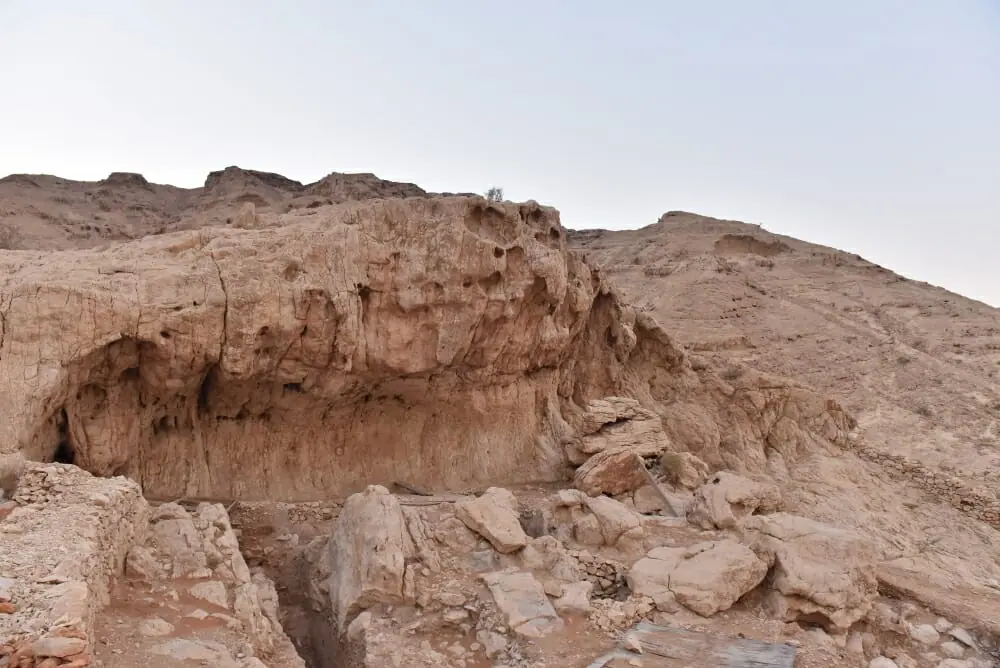
Al-Faya Caves – This is the oldest documented archaeological site in Mleiha where Palaeolithic findings have been excavated unearthing stone tools made by humans. This finding is also the most important site here as it validates the theory that humans emerged out of Africa to populate the rest of the world. Based on stone tools found here, the age of the site has been estimated to be around 125,000 years old.
Text by Duncan Forgan for GHM Journeys.
Featured image: Umm Al Naar Tomb – When archaeological teams started to dig in the Mleiha area, this Bronze Age circular burial tomb was a significant early discovery. The second-largest tomb found in the UAE it is believed to have housed as many as 300 bodies dating back approximately 5000 years BCE. Mleiha Archaeological Centre is built around this tomb to showcase the rich findings from this period.
First published on 25 February 2020.

